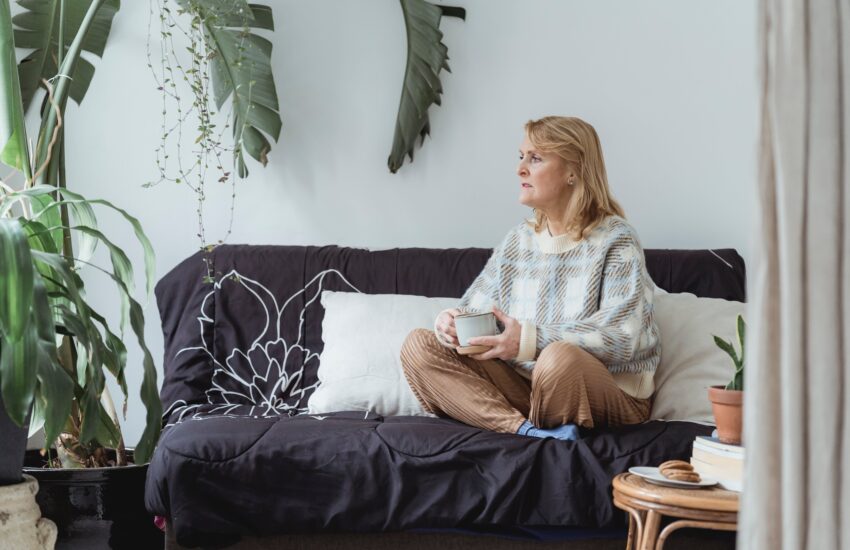Free Drug Samples May End Up Costing Uninsured More
September 8, 2008
Wake Forest University Release
Free drug samples provided to physicians by pharmaceutical companies could actually be costing uninsured patients more in the long run, according to a study done by researchers at Wake Forest University Baptist Medical Center and colleagues.
Newswise – Free drug samples provided to physicians by pharmaceutical companies could actually be costing uninsured patients more in the long run, according to a study done by researchers at Wake Forest University Baptist Medical Center and colleagues.
The retrospective study looked at the prescribing habits of more than 70 physicians in a university-affiliated internal medicine practice in the months immediately before and after the closing of their drug sample closet. The results indicate that the availability of free samples from pharmaceutical companies greatly impacts whether an uninsured patient is given a prescription for a generic or a brand-name drug. The complete findings can be found in the September issue of Southern Medical Journal.
“It’s true that samples can save patients money in the short-run,” said David P. Miller, M.D., lead researcher and internal medicine physician at Wake Forest Baptist. “But our study shows that they may end up paying more in the long run when they are given prescriptions for brand-name only drugs.”
For the study, researchers used a pharmacy database to track all of the prescriptions in four classes of chronic medications given to uninsured and Medicaid patients. Nearly 2,000 prescriptions categorized as antihypertensives (blood pressure medications), oral diabetic agents, peptic ulcer and gastroesophageal reflux medications, and non-narcotic pain medications, were tracked for the nine months leading up to and following the relocation of the practice, at which time the drug sample closet was permanently closed due to a lack of suitable storage space in the new building.
Researchers found that, for uninsured patients, the percentage of medications prescribed as generics rose from 12 percent to 30 percent after the clinic closed its drug sample closet. For Medicaid patients, however, there was no significant change in generic prescribing.
Drug samples are available only for brand name drugs, which are often newer, more heavily advertised and almost always much more expensive than generic drugs in the same class.
“The theory is that drug companies hand out samples because it gets physicians in the habit of using a drug and physicians, therefore, are more likely to prescribe that drug later,” Miller said.
Many times, initially, a patient will be given a sample of a drug to test tolerability and effectiveness. Often times, when a physician gives a patient a sample, it is accompanied with a prescription to fill after the sample is gone. Sometimes free samples are used by physicians to help patients who cannot afford medications. But the availability of drug samples is not always predictable and, when patients return for refills and the samples they need are missing from a practice, either because the drug representative didn’t leave enough or stopped distributing them altogether, patients who were started on brand name drugs in sample form are left paying the price when they have to fill a prescription.
Researchers were surprised to find that, throughout the study, Medicaid patients were generally prescribed generic drugs, even with the availability of branded samples. Surprising, Miller said, because at the time of the study, Medicaid didn’t have a formulary, so all drugs for Medicaid patients, branded or generic, were only $1.
One possible explanation, Miller said, is that because Medicaid patients rarely receive samples, doctors’ prescribing decisions for these patients were based purely on what drug they thought was best and not on what samples happened to be available in the closet.
“In terms of safety and effectiveness, doctors have the most information about older drugs because they have been used for years and are often more studied,” Miller said. “Sometimes, doctors don’t discover that a new drug has serious side-effects until it has been used in a large number of people or for a long time.” In recent years, Miller added, the Food and Drug Administration has issued warnings about some new drugs and a few have been pulled from the market, showing how a promising new drug can later be discovered harmful.
“Physicians and medical organizations need to ask themselves if samples are doing more harm than good,” Miller added. “While doctors might intend to help someone by handing them a free sample, in the long run, it could cost them more. And removing samples from a practice can help doctors focus on which medication is best for a patient, rather than which medication happens to be available for free. Patients who want to save money should ask their doctor if an effective generic medication is available for their condition instead of taking a sample. In the long run, the generic prescription will probably save them more.”
Co-researchers for this study were Jonathan B. Woods, M.D., and James L. Wofford, M.D., M.S., both of Wake Forest Baptist; Richard Mansfield, M.D., M.S., of the Veterans Affairs Medical Center; and William P. Moran, M.D., M.S., of the Medical University of South Carolina.
Wake Forest University Baptist Medical Center (www.wfubmc.edu) is an academic health system comprised of North Carolina Baptist Hospital, Brenner Children’s Hospital, Wake Forest University Physicians, and Wake Forest University Health Sciences, which operates the university’s School of Medicine and Piedmont Triad Research Park. The system comprises 1,154 acute care, rehabilitation and long-term care beds and has been ranked as one of “America’s Best Hospitals” by U.S. News & World Report since 1993. Wake Forest Baptist is ranked 32nd in the nation by America’s Top Doctors for the number of its doctors considered best by their peers. The institution ranks in the top third in funding by the National Institutes of Health and fourth in the Southeast in revenues from its licensed intellectual property.

